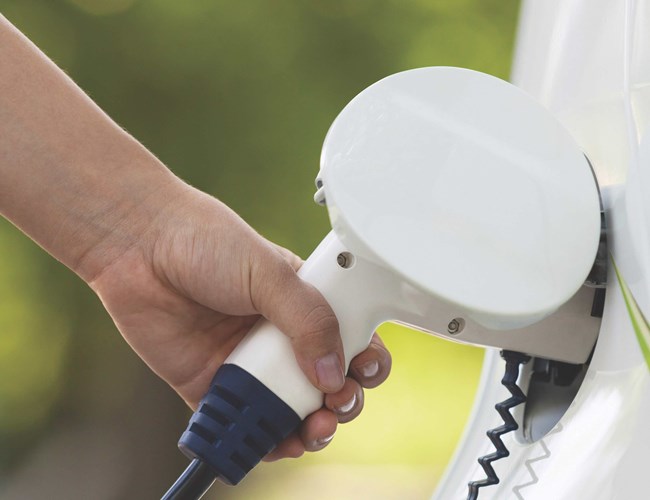We use cookies to ensure that we give you the best experience on our website. If you continue without changing your settings, we will assume that you are happy to receive all cookies on the Business Car website. However, if you would like to, you can change your cookies at any time

The start point for the best source of fleet information |
Average annual EV mileage increasing, Cap HPI says
Date: 04 March 2024 | Author: Sean Keywood

UK EV drivers are covering an increasing number of miles per year on average, according to Cap HPI.
The data firm said it had analysed used car sales figures between 2014 and this year to ascertain average final mileage figures per year.
It said that for EVs, the average mileage at the end of 2023 stood at 8,292 miles per year - up from 4,000 back in 2014, and now only 743 miles per year less than petrol and diesel vehicles, which had seen a fall.
Cap HPI said that the average mileage across all cars ranging between new and ten years old has changed from an average of 11,381 miles per year at the start of 2014 to 9,654 miles per year up to February 2024, a decrease in average mileage of 1,727 miles.
Cap HPI head of forecast strategy Dylan Setterfield said: "The figures from the past decade indicate that drivers drove fewer miles per year overall from 2014 until the beginning of the pandemic.
"The data indicates that there is now a clear convergence emerging between EVs and ICE vehicles. EVs now have much longer ranges, and the charge point network is constantly improving, but we're also seeing that EV drivers have much more faith in their vehicles and have become more adept at planning their journeys and managing longer trips.
"The pandemic and resulting lockdowns saw a clear dip followed by a steady increase once everything started to recover, although the overall average remains around 1,000 miles per year lower than at the end of 2019. The pandemic undoubtedly altered the way drivers use their cars forever."











